Silent Paws: The Secret Behind Whisper-Quiet Steps

Ever wondered how a 400-pound tiger can sneak up on prey without making a sound? The answer lies in their incredible paw design. Big cats have soft, padded paws that act like natural shock absorbers, muffling every step they take.
Their paws contain multiple layers of fat and connective tissue that compress with each step, preventing the sharp crack of twigs or rustle of leaves. Think of it like wearing the world’s most advanced sneakers – but built by nature millions of years ago.
Retractable Claws: Nature’s Built-in Stealth Mode
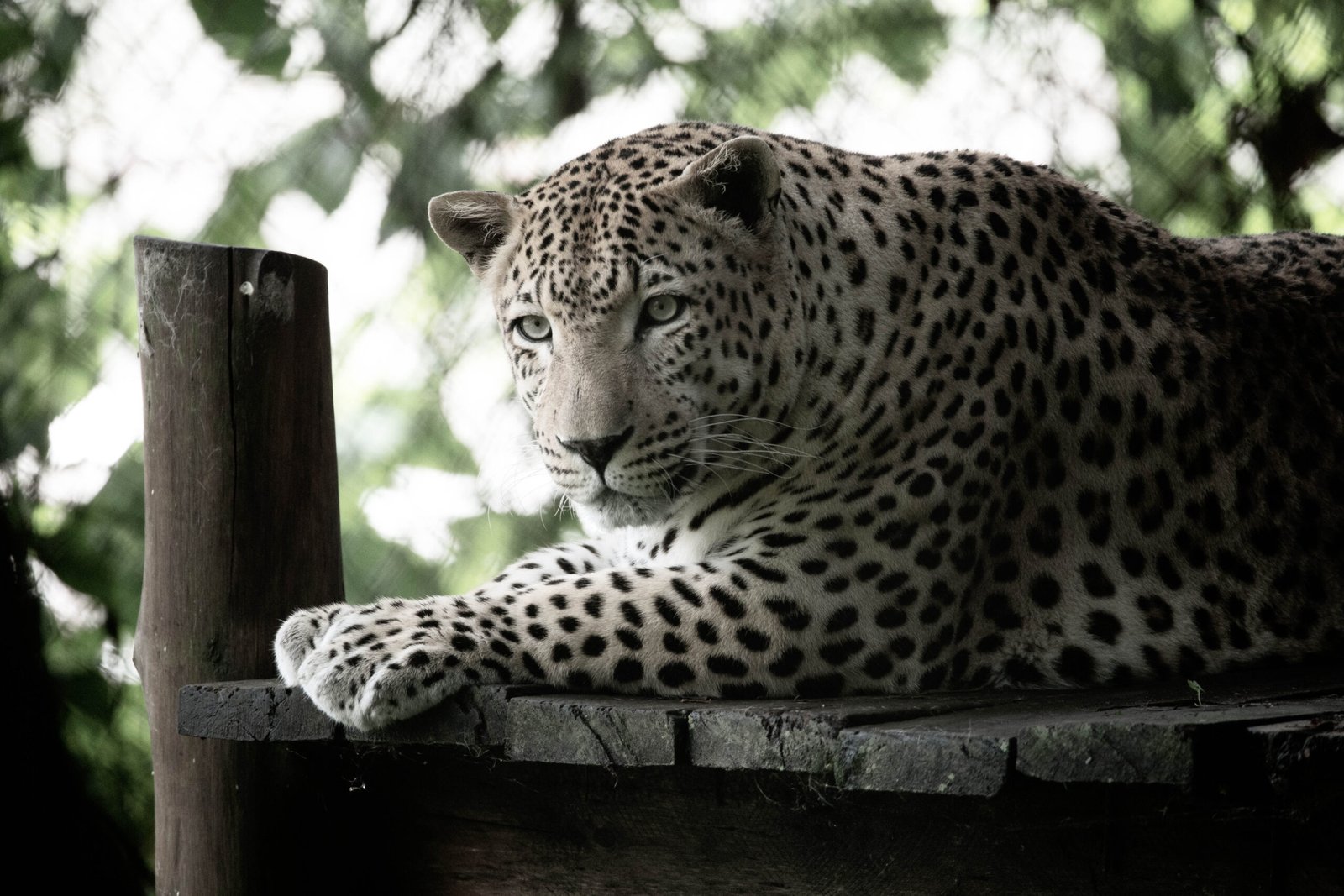
Unlike dogs who walk on their claws, big cats keep their razor-sharp weapons hidden until needed. These retractable claws stay tucked away in protective sheaths, preventing them from clicking against rocks or scraping bark as they move.
When a leopard stalks through dense forest, its claws remain completely silent and protected. Only when it’s time to strike or climb do these deadly tools emerge, giving big cats the ultimate advantage in stealth hunting.
Flexible Spines: Moving Like Liquid Shadow
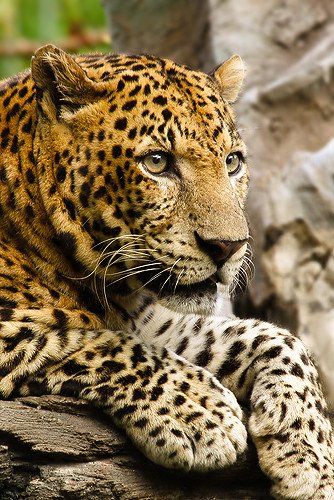
Big cats possess incredibly flexible spines that allow them to move with fluid grace through any terrain. Their vertebrae can twist and bend in ways that would make a yoga instructor jealous, enabling them to navigate around obstacles without disturbing the environment.
This spine flexibility means a cheetah can weave between bushes or a jaguar can slip under fallen logs without breaking a single branch. Their bodies literally mold to the landscape, leaving no trace of their passage.
Whiskers: The Ultimate Navigation System
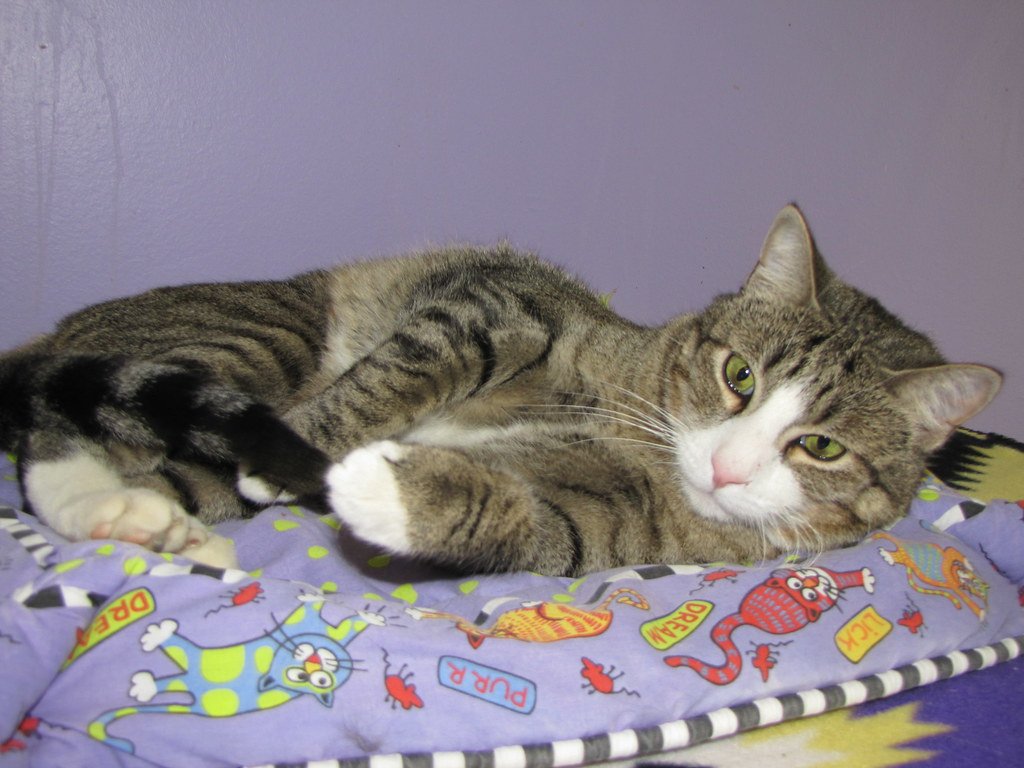
Those magnificent whiskers aren’t just for show – they’re sophisticated sensory tools that help big cats navigate in complete darkness. These specialized hairs detect the slightest air currents and vibrations, creating a detailed map of their surroundings.
A tiger’s whiskers are so sensitive they can detect when prey is breathing nearby or when a branch is too close to their face. This early warning system prevents them from bumping into objects that might alert potential prey to their presence.
Night Vision: Seeing in Complete Darkness
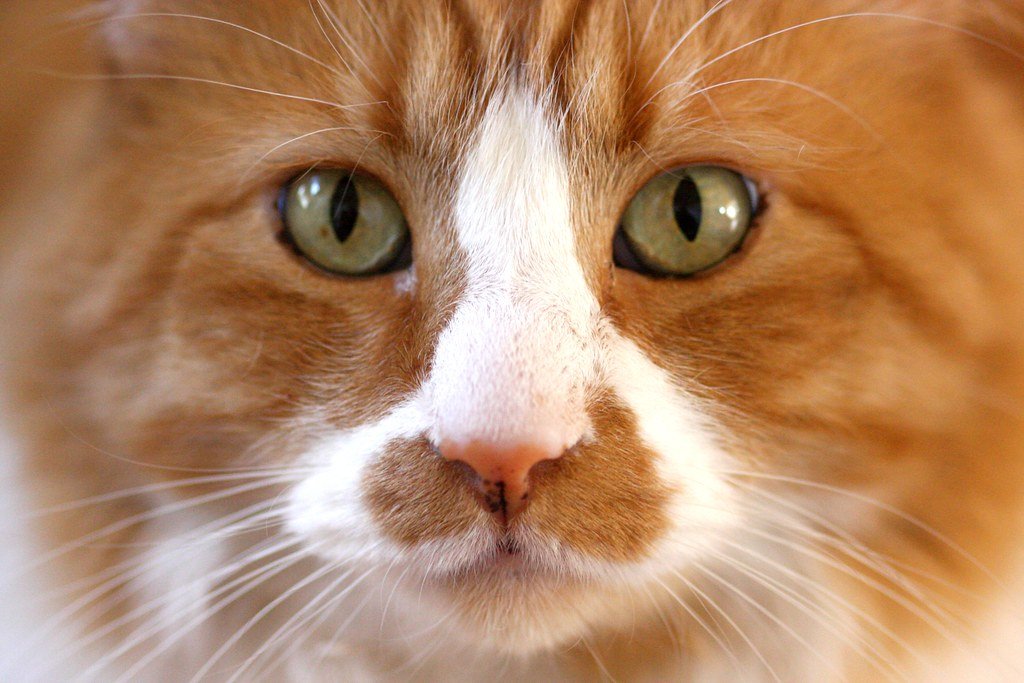
Big cats have evolved extraordinary night vision that’s six times better than humans. Their eyes contain a special reflective layer called the tapetum lucidum, which acts like a mirror to bounce light back through the retina twice.
This incredible adaptation means they can hunt effectively in near-total darkness, navigating complex terrain without needing to feel their way around. No stumbling, no hesitation – just smooth, confident movement through the night.
Scent Mapping: Following Invisible Highways
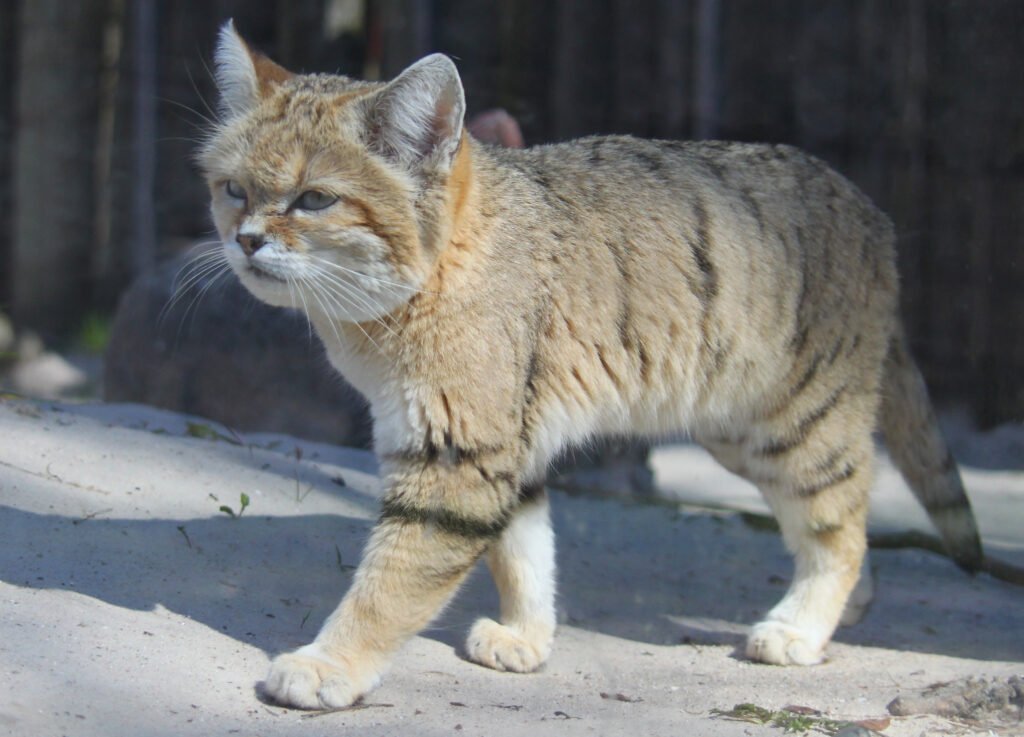
Big cats use their powerful sense of smell to create detailed mental maps of their territory. They can detect scent trails that are days old, following invisible highways that guide them safely through familiar areas.
A mountain lion knows exactly where other animals have traveled, where water sources are located, and which paths are safest to use. This scent-based navigation system helps them avoid dangerous areas and move efficiently without leaving their own strong scent trail.
Pressure Point Walking: Stepping Where Others Fear to Tread

Big cats instinctively know how to distribute their weight to avoid breaking branches or disturbing loose rocks. They test each step before fully committing their weight, using their sensitive paw pads to feel for stable ground.
This technique allows a snow leopard to traverse seemingly impossible cliff faces or enables a jaguar to walk across fallen logs without them creaking. Their natural understanding of physics keeps them silent and secure on any surface.
Tail Balance: The Ultimate Stabilizer
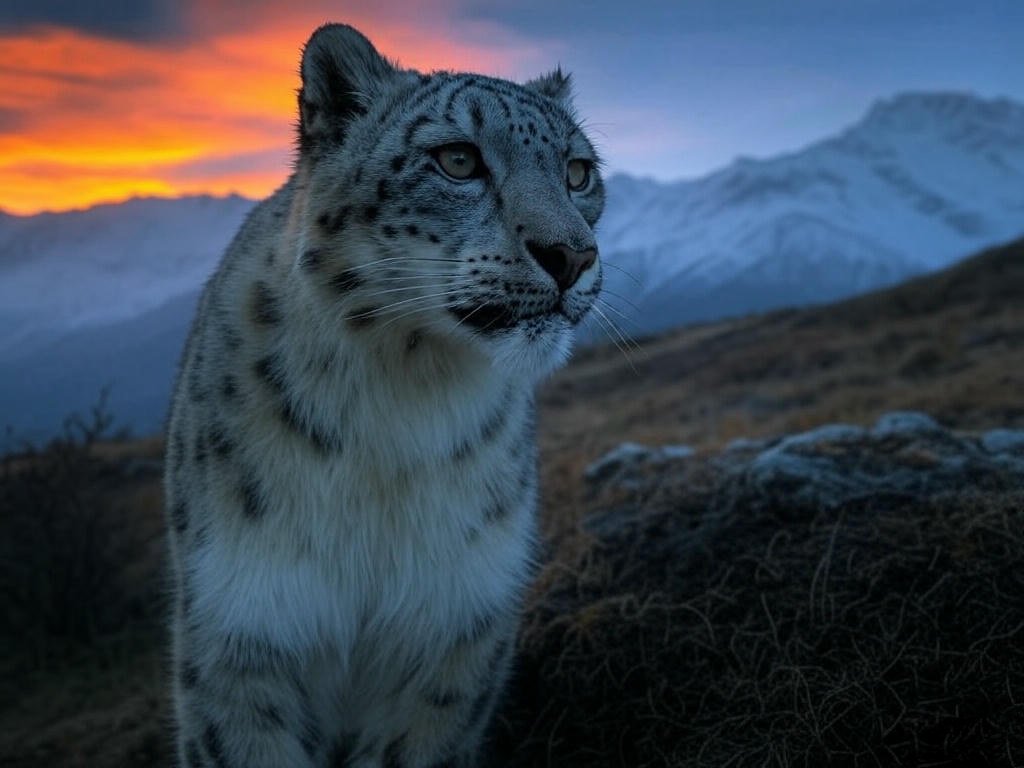
That long, powerful tail isn’t just beautiful – it’s a sophisticated balance mechanism that prevents big cats from stumbling or falling. Like a tightrope walker’s pole, their tail constantly adjusts to maintain perfect equilibrium.
When a leopard navigates narrow tree branches or a cougar traverses rocky ledges, their tail works overtime to keep them steady and silent. This natural stabilizer prevents the kind of clumsy movements that would alert prey or predators to their presence.
Breathing Control: Masters of Silent Respiration
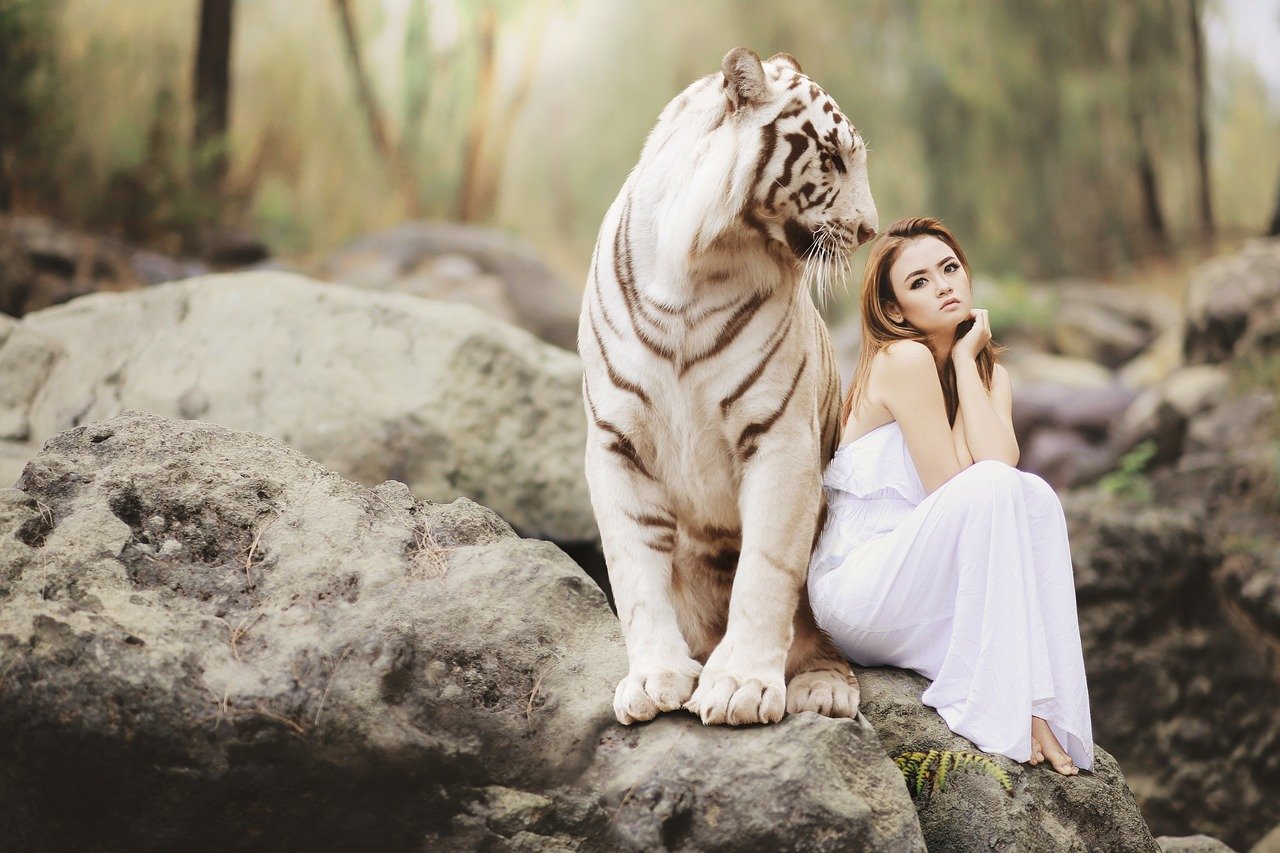
Big cats have remarkable control over their breathing patterns, allowing them to remain completely silent even during intense stalking sessions. They can slow their breathing to barely perceptible levels, preventing the telltale panting that might give away their position.
This breathing mastery is especially crucial during long hunts when they need to remain motionless for hours. A single heavy breath could mean the difference between a successful hunt and going hungry for another day.
Muscle Memory: Perfected Through Generations
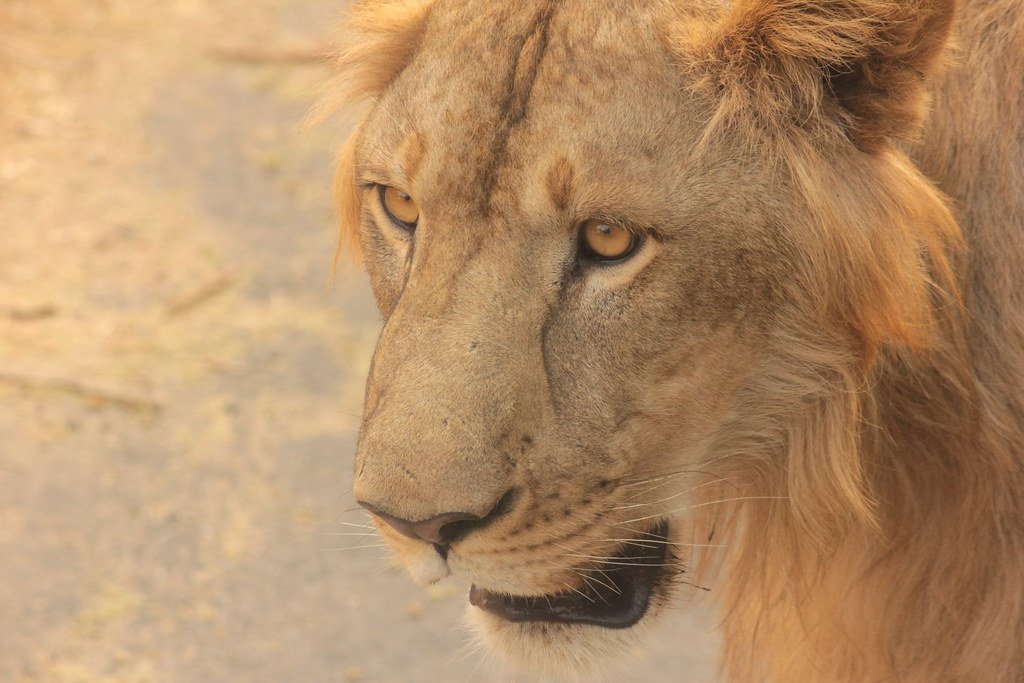
Every big cat inherits thousands of years of evolutionary muscle memory that guides their movement patterns. These ingrained behaviors help them automatically choose the quietest paths and most efficient routes through any terrain.
From the moment they’re born, big cat cubs practice these silent movement techniques through play. What looks like simple roughhousing is actually intensive training for the stealth skills they’ll need to survive in the wild.
Territorial Knowledge: Home Field Advantage
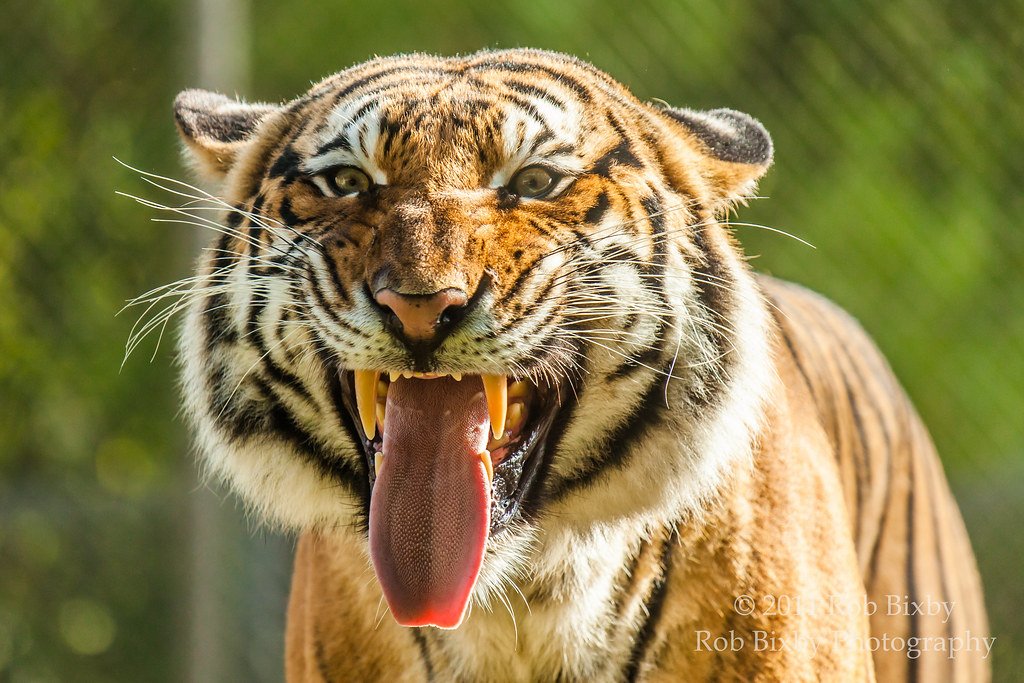
Big cats spend years learning every inch of their territory, memorizing the location of every loose rock, creaky branch, and unstable surface. This intimate knowledge allows them to move through their domain like ghosts, avoiding all the noisy traps that would betray their presence.
A tiger knows exactly which path through the tall grass won’t rustle, and a lion remembers which rocks are solid enough to support their weight. This territorial expertise is their secret weapon for silent navigation.
Weather Adaptation: Using Nature’s Cover
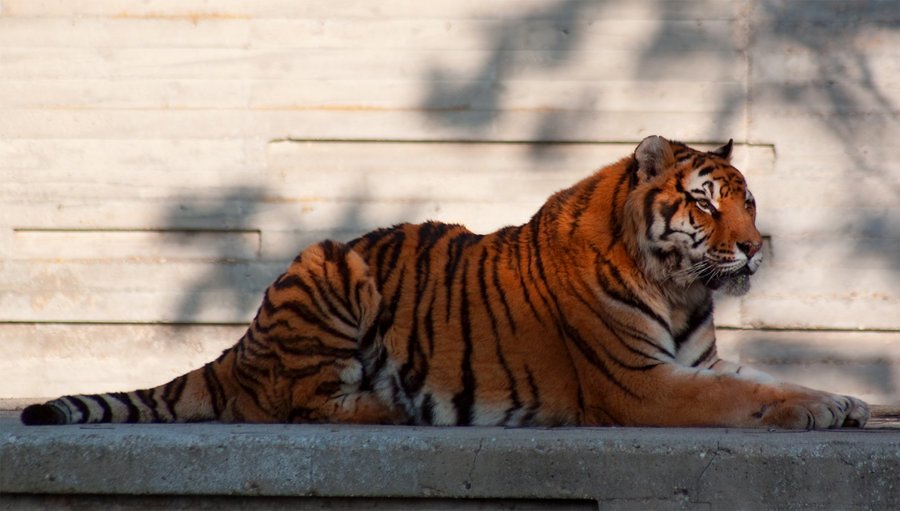
Smart big cats time their movements to coincide with natural weather patterns that mask their presence. They hunt during rainstorms when the sound of water covers their footsteps, or move during windy conditions when rustling vegetation hides their movement.
This weather awareness shows just how sophisticated their hunting strategies really are. They’re not just powerful predators – they’re tactical geniuses who understand how to use environmental conditions to their advantage.
Energy Conservation: Moving Only When Necessary

Big cats are masters of energy conservation, moving only when absolutely necessary and choosing the most efficient routes possible. This selective movement pattern minimizes their environmental impact while maximizing their hunting success.
Unlike restless predators who constantly patrol their territory, big cats prefer to find strategic observation points and wait for opportunities to come to them. This patience reduces the chances of leaving tracks or disturbing their hunting grounds.
Conclusion: Nature’s Ultimate Stealth Masters
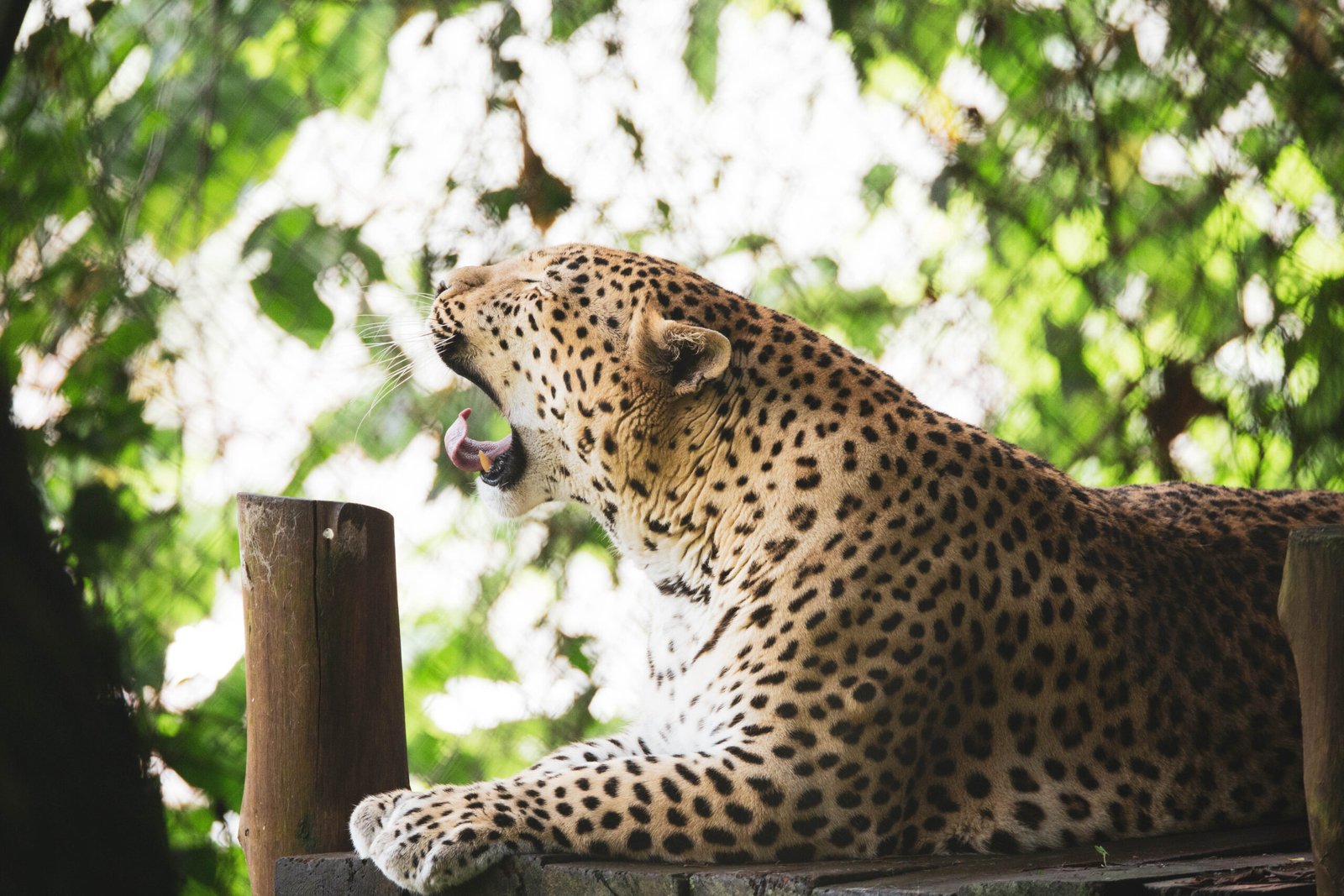
These incredible adaptations make big cats the ultimate stealth masters of the animal kingdom. Every aspect of their anatomy and behavior has evolved to help them move through their environment without leaving a trace.
From their silent paws to their flexible spines, from their incredible night vision to their masterful breathing control, big cats represent millions of years of evolutionary perfection. They remind us that sometimes the most powerful predators are also the most graceful and subtle.
Next time you see a house cat stalking through your garden, remember that you’re witnessing a scaled-down version of nature’s most sophisticated stealth technology. Which of these amazing adaptations surprised you the most?
Hi, I’m Bola, a passionate writer and creative strategist with a knack for crafting compelling content that educates, inspires, and connects. Over the years, I’ve honed my skills across various writing fields, including content creation, copywriting, online course development, and video scriptwriting.
When I’m not at my desk, you’ll find me exploring new ideas, reading books, or brainstorming creative ways to solve challenges. I believe that words have the power to transform, and I’m here to help you leverage that power for success.
Thanks for stopping by, Keep coming to this website to checkout new articles form me. You’d always love it!






